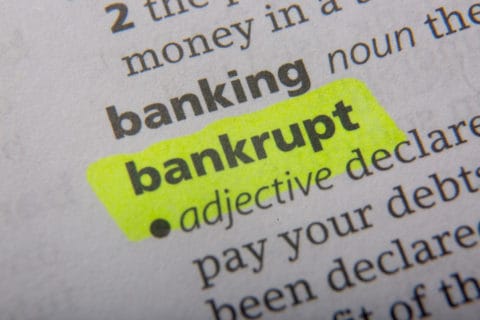3 Essential Steps in Creating a Monthly Budget
Unlike Chapter 7 bankruptcy petitioners, Chapter 13 bankruptcy petitioners still have to pay back a portion of their debts for several years. This means that Chapter 13 petitioners must limit their spending habits to ensure they can meet their priority debt obligations each month. In order to accomplish this goal, it is wise to make a monthly budget.
Identify How You Are Spending Money
The first step in controlling your spending habits is learning how you are currently spending your money. This means gathering as many financial statements as you can, including recent utility bills and bank statements. The more information you gather, the easier it will be to calculate your average monthly expenses. Once you have these documents, make a list of necessary monthly expenses like rent or mortgage payments, car payments, utilities, and groceries.
Divide Expenses into Categories
Your monthly expenses should fall into one of two categories: fixed and variable. Fixed expenses don’t change from month to month, and are typically considered cost-of-living expenses. Examples of fixed expenses include car payments and rent. Variable expenses can change each month and include entertainment, gasoline, and food expenses.
Make Spending Adjustments
Categorizing your expenses will help you see where you can afford to cut back each month. While you can’t change certain expenses like rent or insurance, you can adjust how much you are spending on entertainment or food. If it seems that you are spending too much of your monthly income on entertainment or groceries, begin looking for ways to cut back in those categories. Be sure to review your budget every month to make sure you are staying on track.

